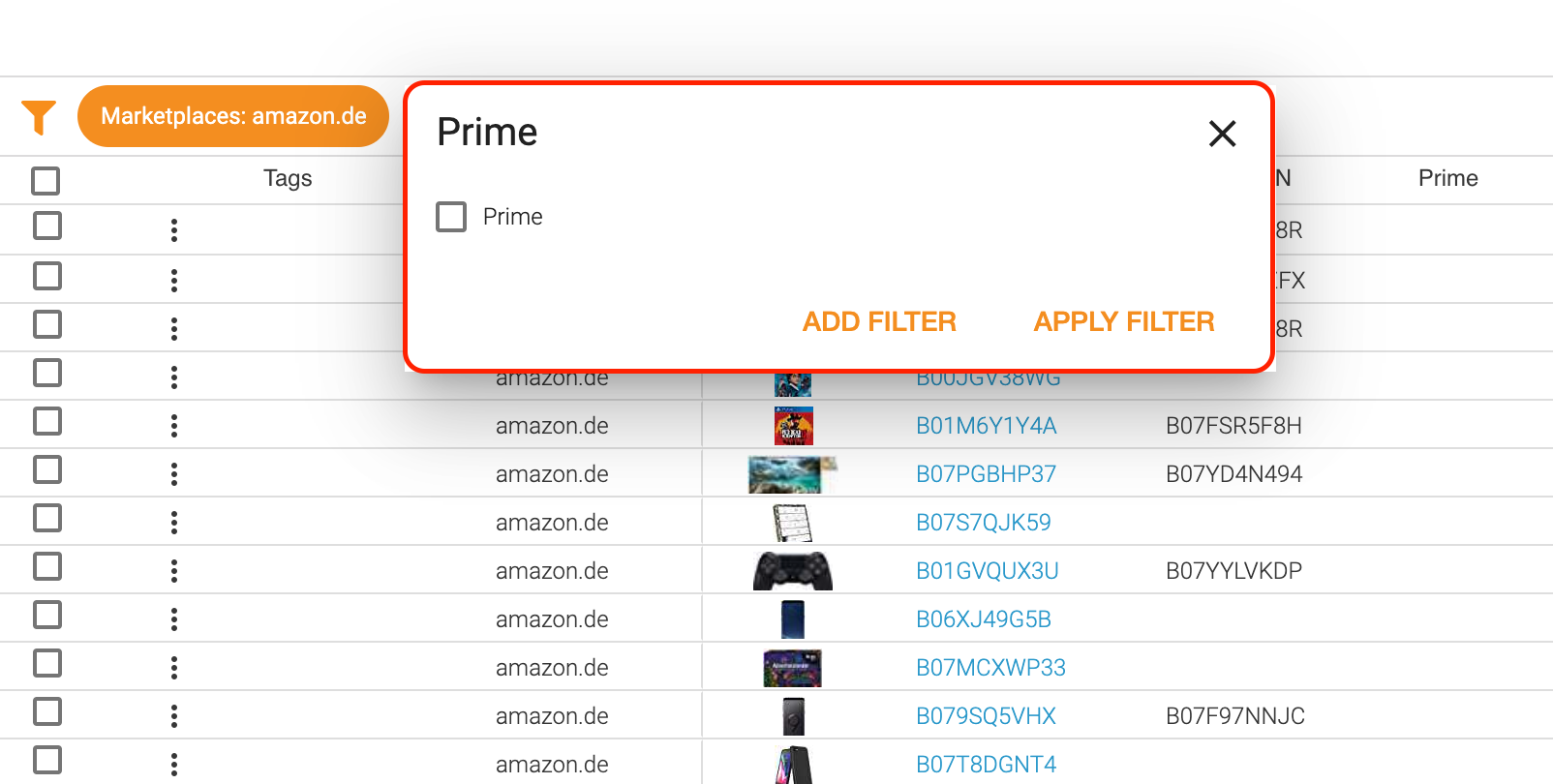

These properties make these filters a perfect solution to capture photos in muddy, dusty, and wet environments. UV and skylight filters are usually used to protect your camera lens from scratches, dirt, and moisture. It’s also more prone to distortions, blur, and chromatic aberration. The main difference between the two types is that a single-element macro filter is a lot less expensive than a double-element. On the other hand, the double-element has a few pieces of glass.

As the name suggests, the single-element macro lens comes with just one piece of glass. There are two common types of macro filters on the market the single-element and the double-element macro filters. Of course, you always need to match the size. Like many other filter types, you can also screw-on macro filters and affix them to your lens. They usually look like a CPL ( circular polarizing filter) or ND ( neutral density) filter. However, you still need to attach them to your lens like regular filters, and that’s why they’re commonly referred to as filters. These filters are more commonly known as close-up filters as they’re similar to lenses in that they magnify your subject. Read on to learn more about the effects that each filter type produces. Here are some of the most common and useful types of lens filters. They are perfect for vertical landscapes where you want to capture both the foreground and the sky. The most popular size of rectangular filters is 4 x 6. It provides you with more space without the risks of uneven spots to move around the subject matter. Just like square filters, you also need to mount them with a filter holder. The rectangular filter is another popular choice that landscape photographers use. As the name suggests, this type of filter is directly inserted into a small, specialized port at the back end of your lens. That’s why they are mainly used with telephoto lenses, and you can’t always use them with your circular filter. Drop-In Filtersĭrop-in filters usually come with larger front elements. The most commonly used sizes of square filters are 4 x 4 and 3 x 3 varieties. They are used with a filter holder directly attached to the front of your camera lens. For example, you can stack multiple Neutral Density filters if you need to reduce the light entering your lens. The great thing about square filters is that you can stack multiple square filters to achieve different results. Square FiltersĪ square filter is a very popular type of lens filter among landscape photographers.

They come with variable thicknesses and diameters. A range of filters can be made into circular filters, such as color filters, ND filters, polarizers, etc. Screw-On FiltersĪs mentioned, screw-on filters, also known as circular filters, can be easily screwed or mounted onto your camera lens from the outside. On the other hand, square filters require a mounting bracket or filter holder, but they aim to achieve the same results. You can mount circular or screw-on filters onto your lens. A very common type of lens filter is the circular filter. Lens filters come in various forms and shapes. It’s crucial to know the types of filters and which type you should use in certain shooting scenarios. Using filters is not as simple as it sounds, though, since they can easily decrease the quality of your photos if you don’t use them properly. Photographic filters can enhance colors, partially or fully reduce the amount of light, protect our camera lenses, and reduce reflections while capturing photos. Polarized sunglasses can help reduce glare and reflections and improve contrast. The sun emits some harmful ultraviolet (UV) light that can damage our eyes, and sunglasses help keep our eyes protected from UV damage. Have you ever wondered why we wear sunglasses? They are undoubtedly fashion accessories, but they also allow us to see better in bright light. What are Photography Filters, and Why are They Used? Before getting into the filter types, let’s first discuss filters in detail. Today’s article will allow you to understand different types of filters and what each of them does. But using the right filter at the right time can be tricky. Whether the lighting conditions are extreme or the overall environment is not favorable, you can use filters to capture stunning photos. Along with protecting your lens, filters also serve various purposes in photography. Using filters to capture more interesting and creative pictures is, for many, an integral part of a solid photography workflow.


 0 kommentar(er)
0 kommentar(er)
